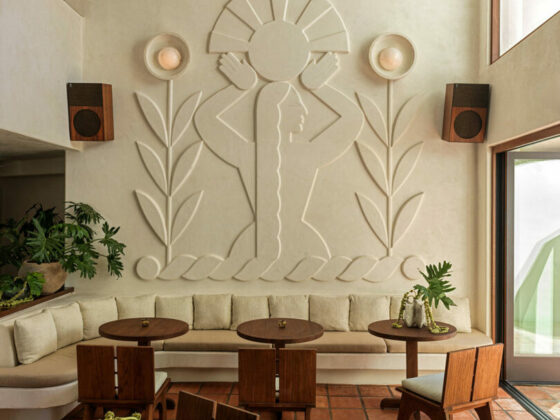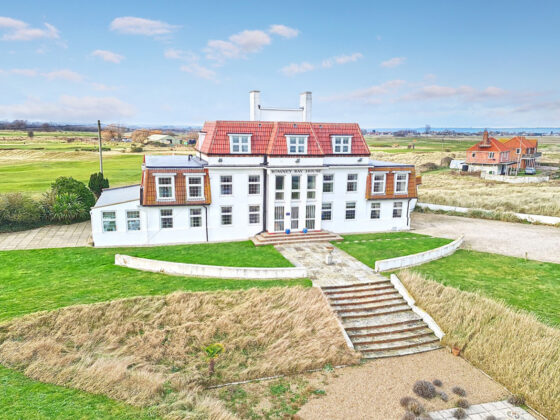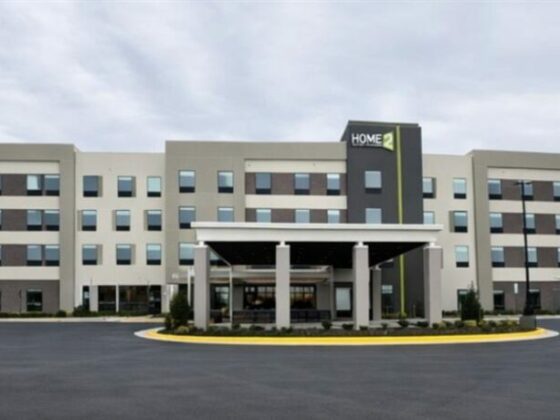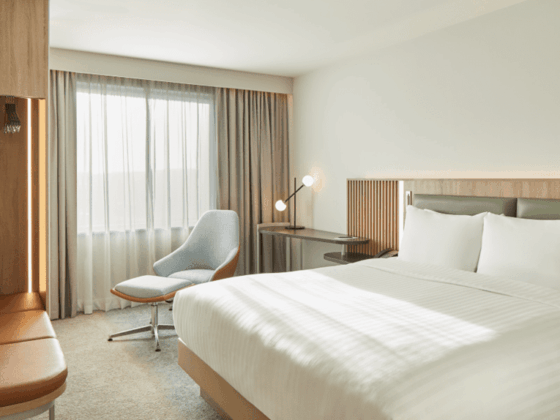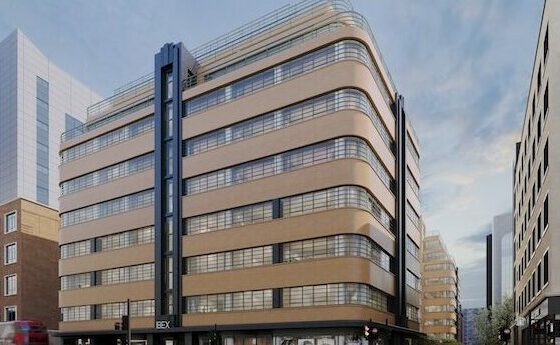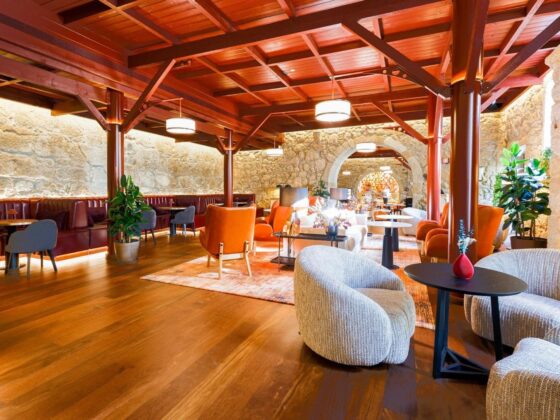
Hilton CEO Chris Nassetta perhaps employed a euphemism to describe his company’s second quarter: “noisy.” Global RevPAR was down 0.5% versus the same time a year ago, while U.S. RevPAR decreased 1.5% against the same period last year.
To hear it from Nassetta, a notoriously optimistic CEO, Washington, D.C., finally made an injurious mark on performance, but he remains hopeful—even bullish—moving forward. “Over the intermediate term, I’m very optimistic about a more favorable regulatory environment, certainty on tax reform [and] expected settling down on global trade policy,” he said during the company’s earnings call. In addition, he cited healthy corporate profits and investment in AI-related core infrastructure “that should accelerate economic growth and unlock meaningful increases in travel demand.”
At one point during the call, Nassetta cited Liberation Day, the day in April when President Trump announced a broad swath of global tarrifs and connected it to second-quarter performance. “Post Liberation Day, everybody got rattled and everything kind of froze up. Well that affect all segments,” he said.
The sanguine Nassetta gave more of a rosy ooutlok. “My job is to lift up above the noise and try and give a sense of the real tidal shifts, which are hard to see when you have this much noise, but I think if you lift up,the tidal shifts feel awfully good to me.”
Full year 2025 system-wide RevPAR is projected to be flat to an increase of 2%.
Hilton opened 221 hotels totaling more than 26,000 rooms in the quarter, representing net unit growth of 7.5%. It’s most important opening was Waldorf Astoria New York, which after some eight years and two separate owners reopened last week. Meanwhile, in Q2, Hilton opened its first Curio Collection all-insclusive in the Dominican Republic—Zemi Miches Punta Cana All-Inclusive Resort, Curio Collection by Hilton. “All-inclusive is good growth business, but there’s limited markets, so it’s not the biggest growth opportunity,” Nassetta said, adding that Hilton has around 6,000 rooms open in the all-inclusive space. There was some attrition after Hyatt Hotels acquired Playa Hotels & Resorts earlier this year. In 2018, Hilton had signed a strategic alliance with Playa
Hilton’s development pipeline now stands at more than 510,000 rooms. It announced plans for Waldorf Astoria projects in destinations including Helsinki, Bali and New Delhi and also signed the first of its NoMad hotels in Singapore and Detroit. It also signed its first Canopy hotels in Tokyo and Italy, first tempo in Canada and first Tapestry Collection property in Saudi Arabia.
With high interest rates contributing to a challenging financing environment, conversions continue to be a large mode of growth for Hilton. In Q2, conversions accounted for a third of all openings. One of its biggest conversion success stories is the Spak by Hilton brand, a premium economy play. Hilton has 170 open with 200 in the pipeline. “My goal is by the end of next year is to have 400-plus open,” Nassetta said. He also teased that Hilton would be adding more conversion brands, “probably by the end of the year.”
Uninspired U.S. performance isn’t isolated. While Asia Paciifc RevPAR was up slightrly for Hilton, China, Nassetta said, was still treading water—on the development and travel sides. “We do expect modest declines,” he said. “What’s going on in China at the moment is an austerity campaign,” though believeing that there will be a “rational outcome,” as it pertains to U.S. and China trade relations. He continued: “They love to travel; they want to travel. It’s just that they’re sort of clamping down on consumption in a bunch of different ways. I suspect that it will be relatively short-lived.”
Nassetta called China’s hotel market undersupplied. “You have a real estate market, which has been part of their problem that needs to be reformatted, and we are becoming a really important part of the solution,” he said. “We’re going to sign more deals. We’re going to start more under construction this year in China than we did last year.”



